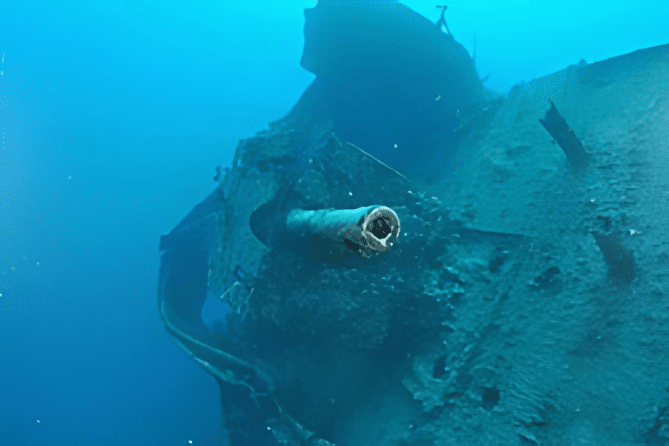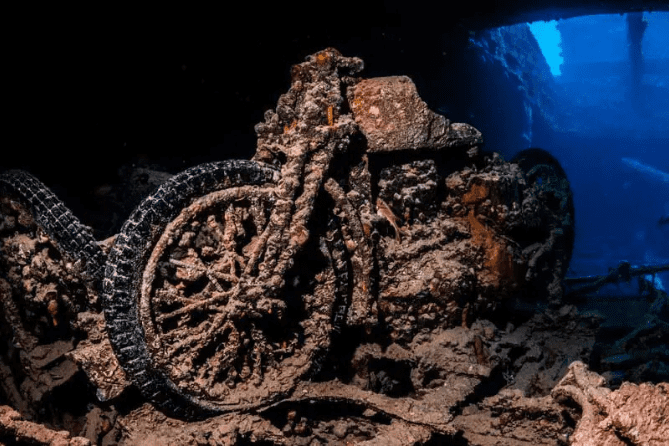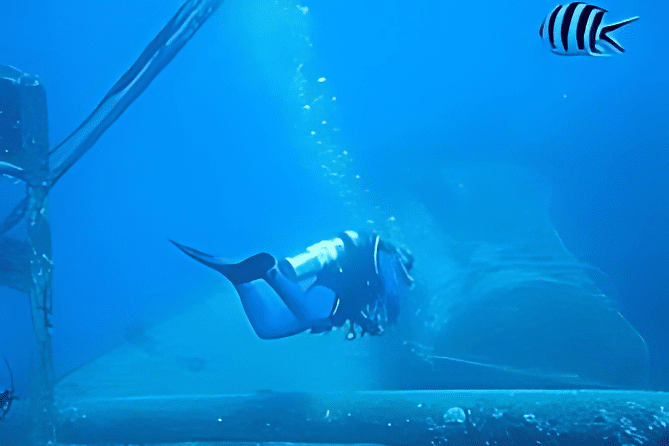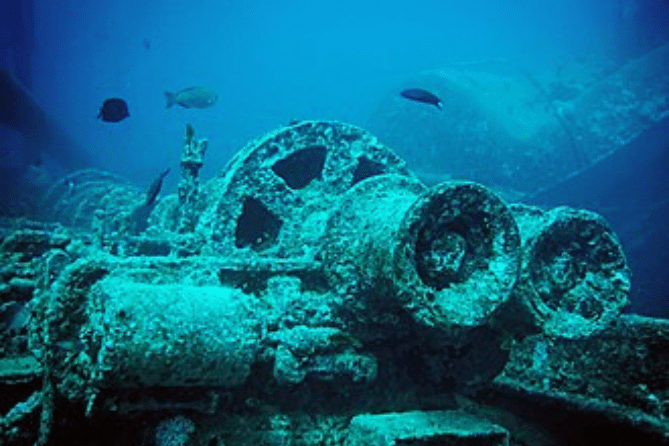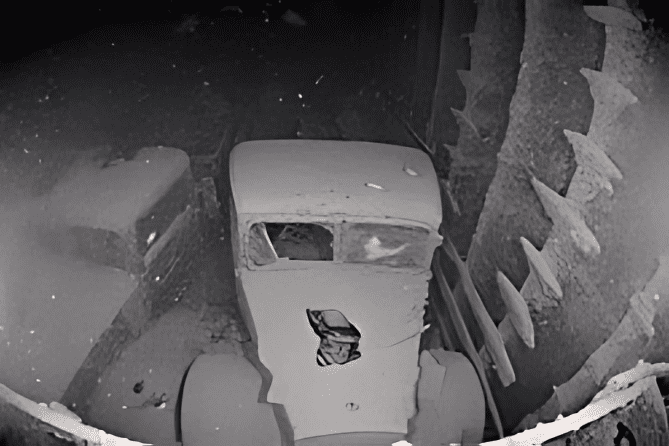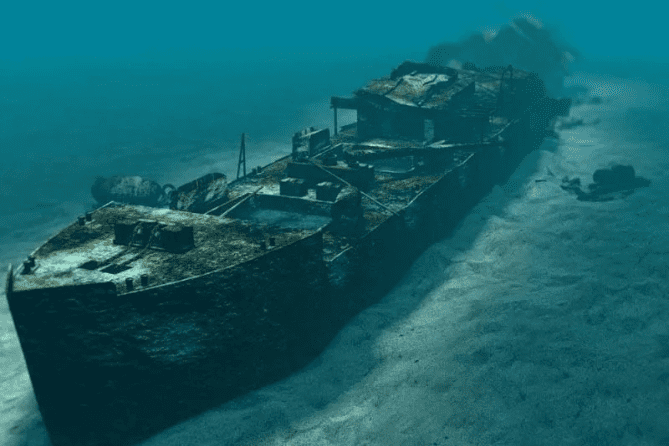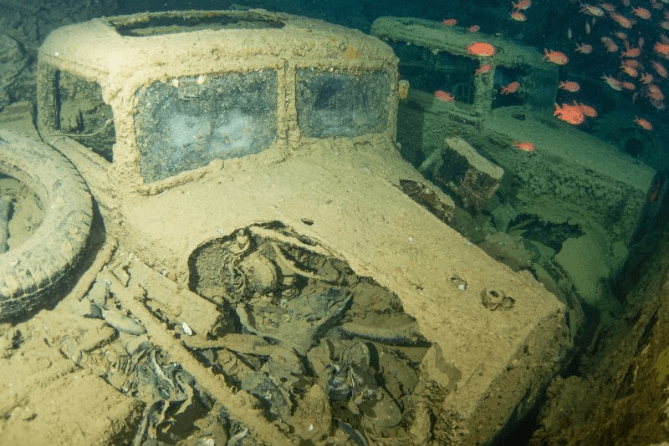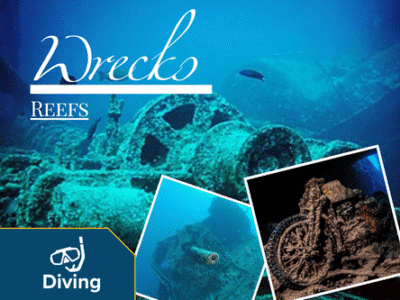SS Thistlegorm
The Legendary Wreck of the SS Thistlegorm – Red Sea’s Most Famous Dive Site
The SS Thistlegorm is more than just a shipwreck – it’s a living museum resting beneath the waves of the Red Sea. Built in 1940 by J.L. Thompson and Sons in Sunderland, England, this 415-foot British merchant vessel was originally designed to support the Allied war effort during World War II. Equipped with a triple-expansion steam engine and reinforced with defensive weapons, the Thistlegorm was prepared for both transport and protection.
A Wartime Workhorse
Before her final journey, the Thistlegorm completed three successful voyages across the Atlantic and beyond, carrying everything from steel and aircraft parts to grain and rum. In June 1941, she set sail from Glasgow on what would be her last mission, bound for Alexandria, Egypt. Her cargo was vast and invaluable to Allied forces in North Africa:
Bedford trucks and armored vehicles
Norton and BSA motorcycles
Rifles, Bren guns, and cases of ammunition
Aircraft parts and radio equipment
Railway wagons and even two full-sized LMS Stanier Class 8F steam locomotives
This mix of military hardware and essential supplies was destined to reinforce the Western Desert Force, later known as the famous Eighth Army.
The Attack and Sinking
To avoid Axis forces in the Mediterranean, the Thistlegorm’s convoy took the long route around Africa via Cape Town and up through the Red Sea. In September 1941, the ship anchored at Safe Anchorage F near the Gulf of Suez.
In the early hours of October 6, 1941, two German Heinkel He 111 bombers spotted her at anchor. Mistaking her for a troop carrier, they released two massive bombs that struck the stern. The explosion ignited her munitions cargo, ripping the ship apart and sending her to the seabed in minutes. Nine crew members lost their lives, while others were rescued by HMS Carlisle.
Rediscovery by Jacques Cousteau
The wreck remained hidden until the early 1950s, when famed explorer Jacques Cousteau located it with the help of local fishermen. He salvaged several artifacts, including a motorcycle, the ship’s safe, and its bell – items that revealed the wreck’s extraordinary story.
A World-Class Diving Destination
It wasn’t until the 1990s, with the rise of Sharm El Sheikh as a diving hub, that the Thistlegorm became a must-see site for recreational divers. Today, it is consistently ranked among the Top 10 wreck dives in the world.
What makes it so special? Not only is the ship remarkably intact, but its cargo remains frozen in time. Divers can still explore:
Trucks lined up in the holds
Motorcycles, rifles, and boots stacked as if ready for deployment
Railway wagons and the two massive steam locomotives, now resting beside the wreck on the seabed
At a depth of just 30 meters (100 feet), the Thistlegorm is accessible to advanced open water divers and offers endless exploration opportunities.
Marine Life and Conservation
Beyond its history, the wreck teems with life. Schools of tuna, barracuda, batfish, lionfish, and the occasional turtle now call the wreck home. However, the site faces threats from both natural decay and careless mooring by dive boats. Conservation groups such as HEPCA have worked to protect the site with mooring buoys and monitoring programs.
Why Divers Love the Thistlegorm
The Thistlegorm offers an unforgettable combination of history, adventure, and marine biodiversity. For many, it is more than a dive – it’s a step back into World War II, a chance to witness history preserved beneath the sea. Whether you’re exploring her cargo holds or swimming past her iconic locomotives, diving the Thistlegorm is a bucket-list experience for any Red Sea liveaboard safari.


